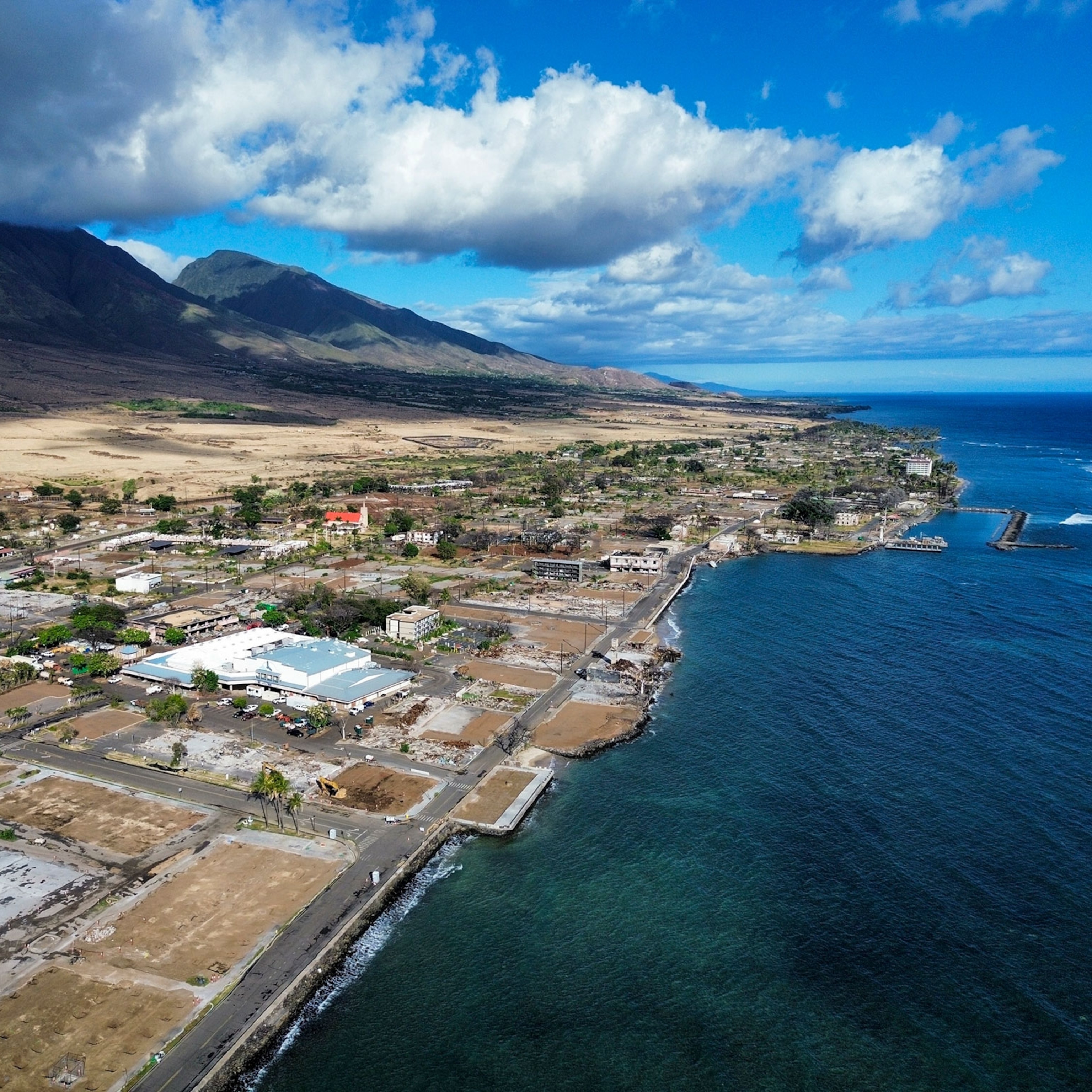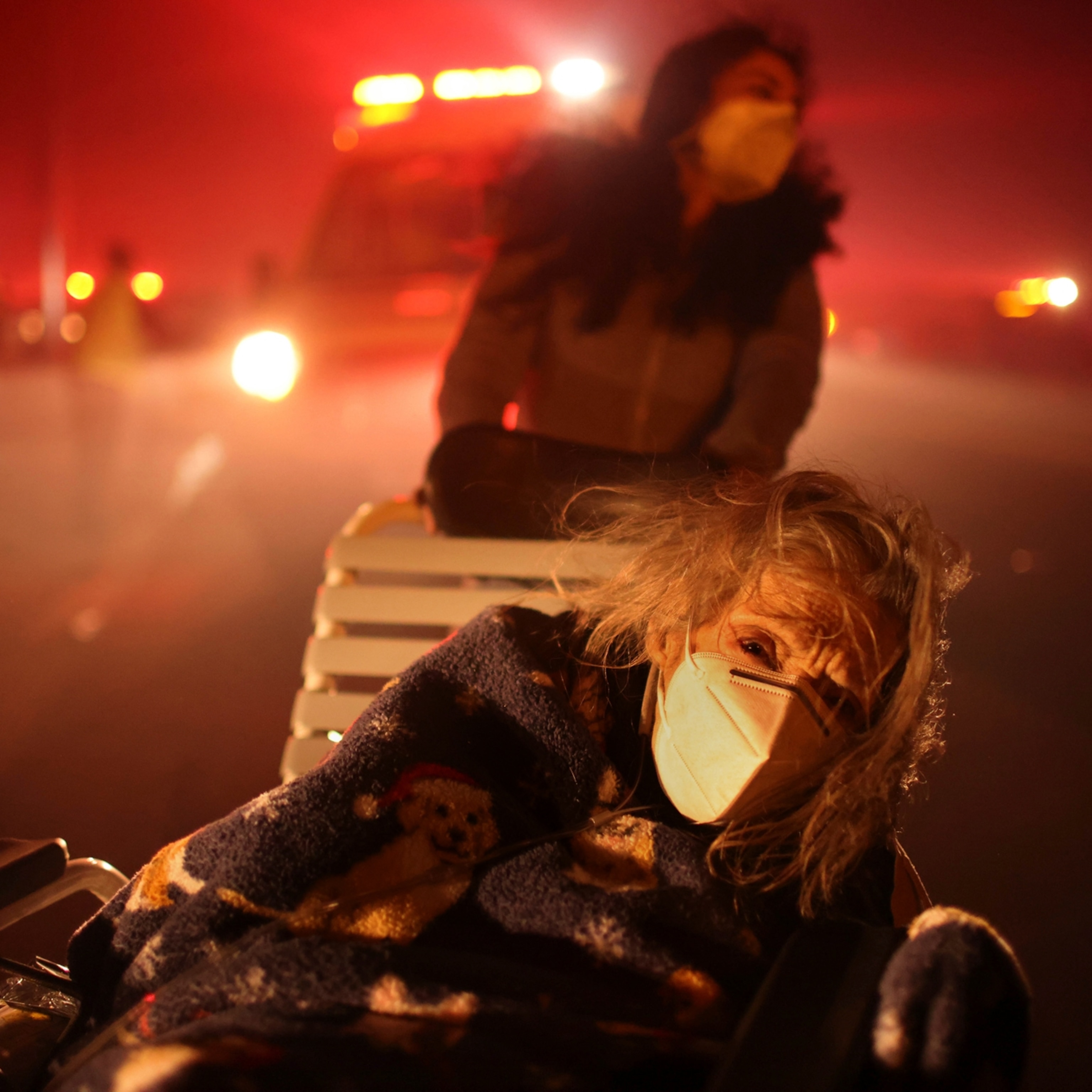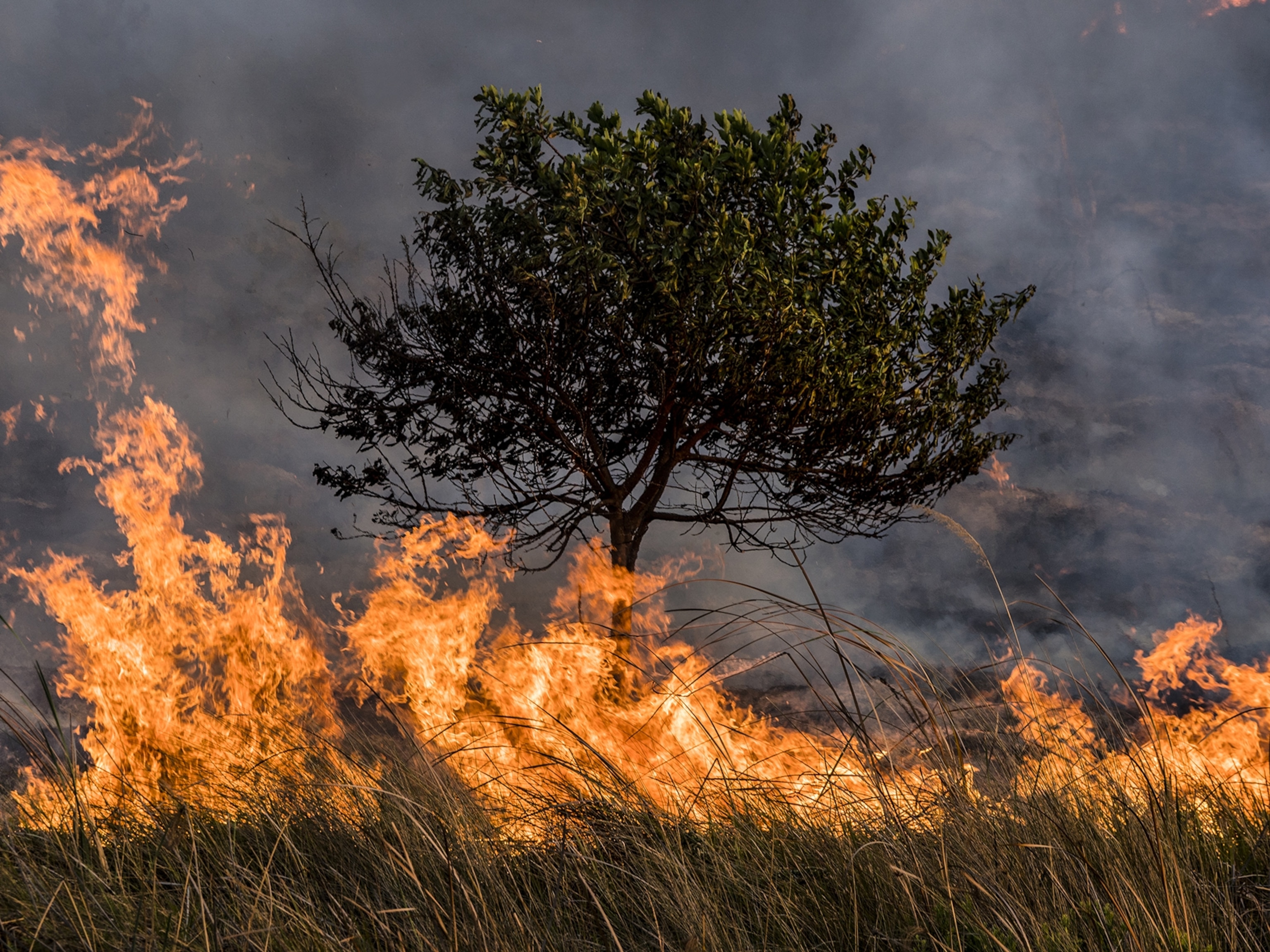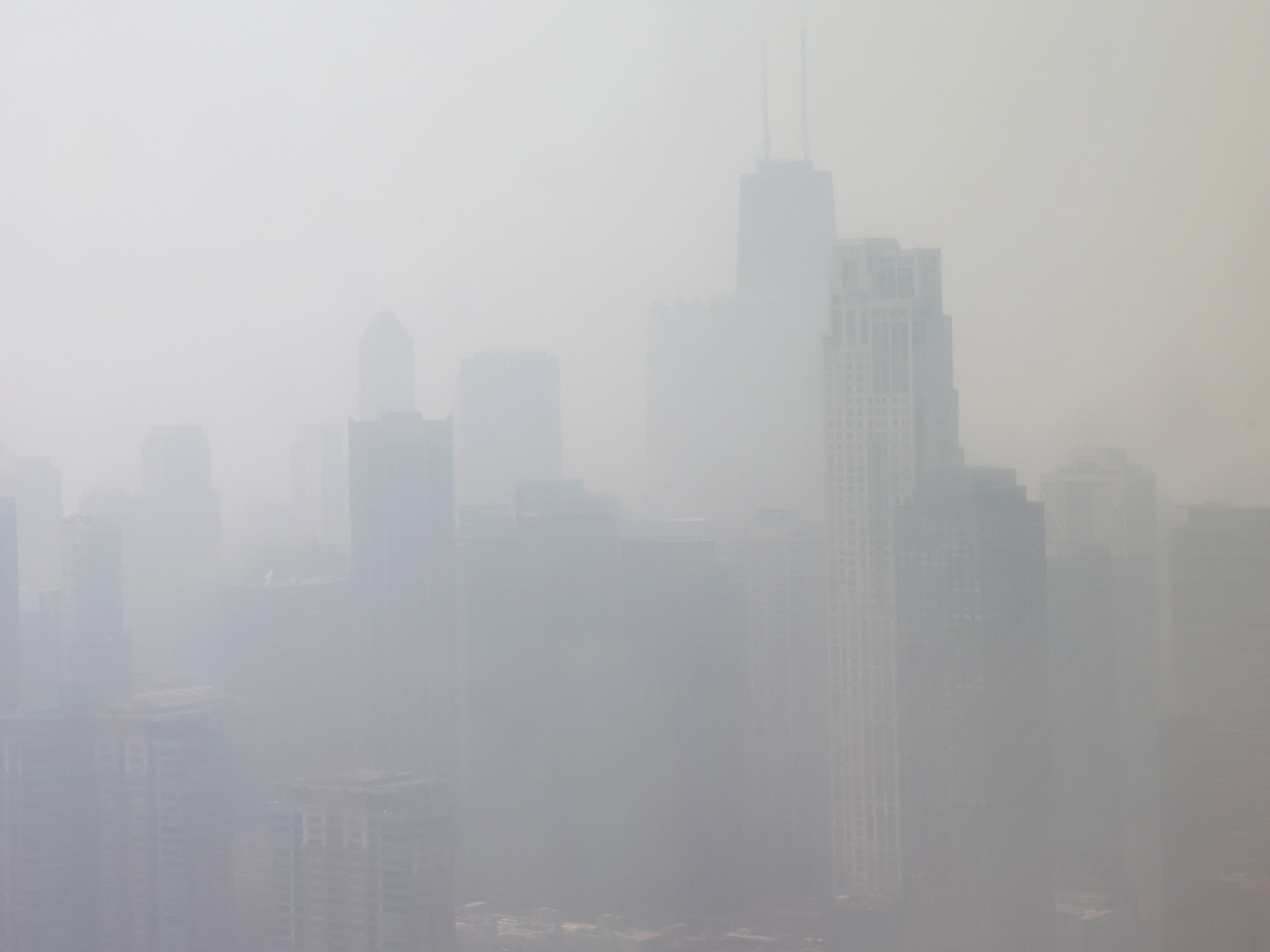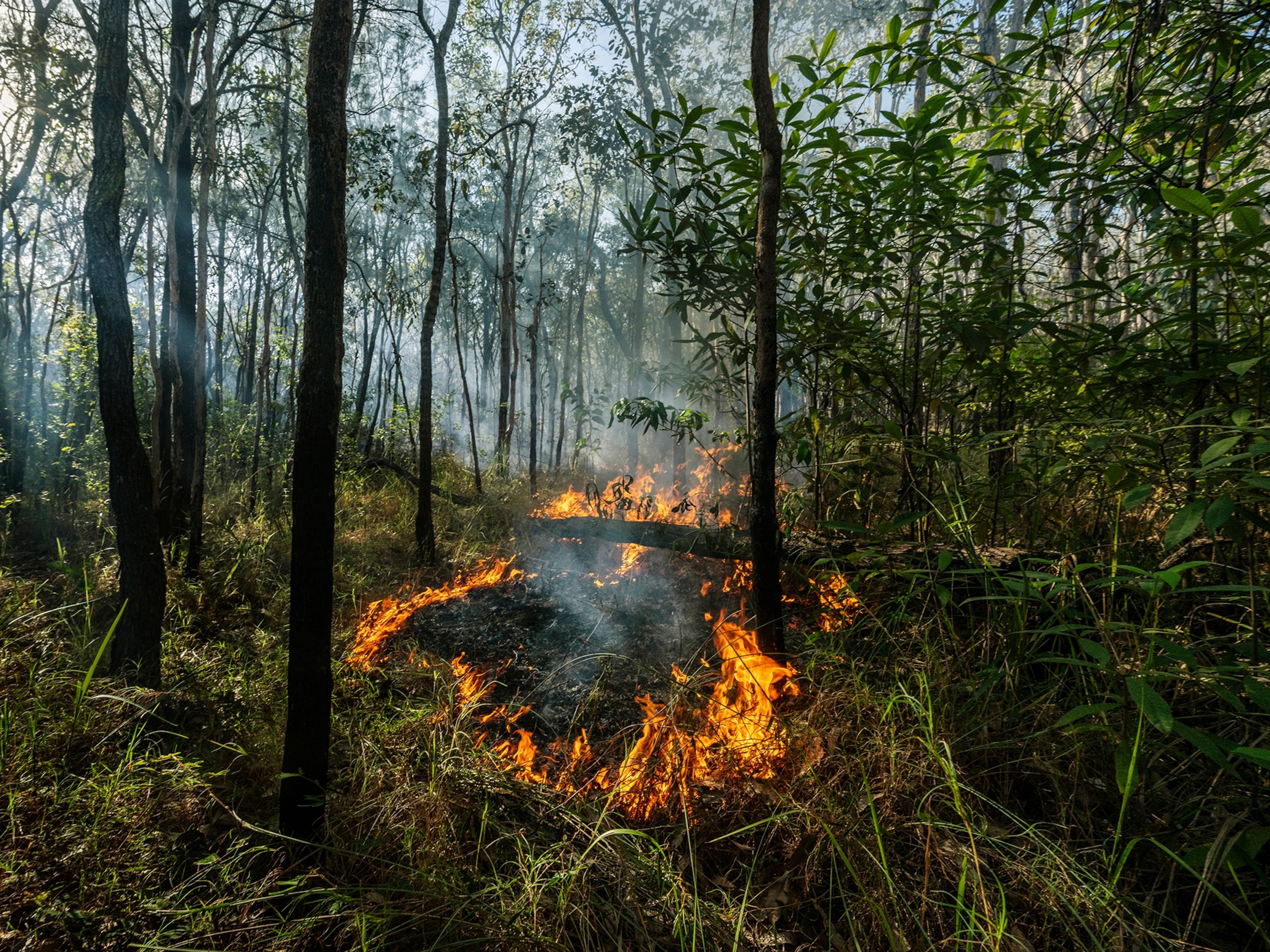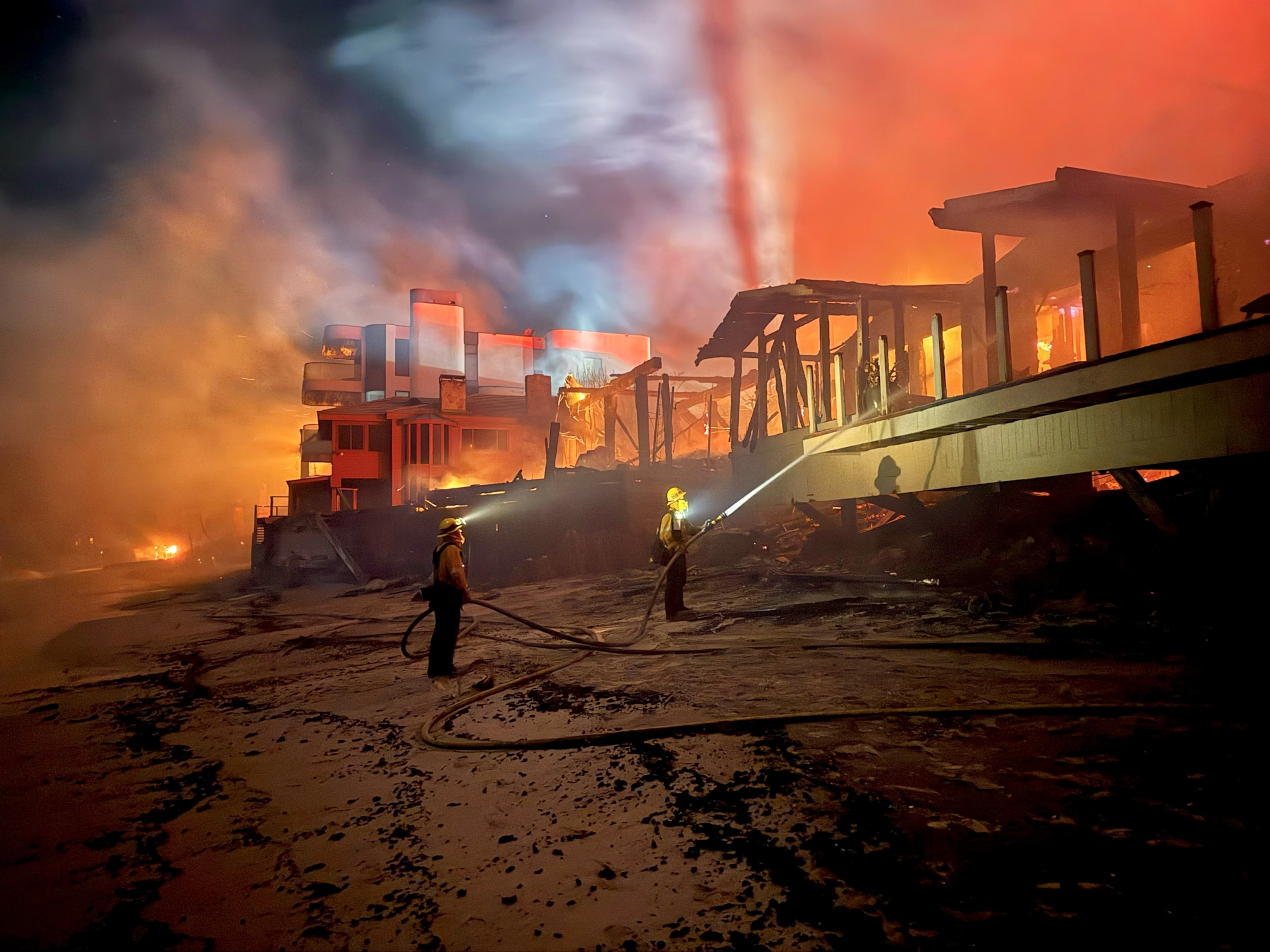
How did these 'miracle' homes survive L.A.'s wildfires?
The answer is more complex than it appears. Experts say these stories of survival often overlook critical factors, from firefighting efforts to the unpredictable paths of embers.
The Eaton and Palisades fires in Los Angeles have secured spots in the top three most destructive wildfires on record in California, each destroying thousands of structures since they sparked on January 7. Images from Altadena and Pacific Palisades, the two hardest-hit neighborhoods, show entire blocks reduced to rubble, piles of gray ash where familiar community landmarks like homes, businesses, and schools stood before.
In this geography of loss, there are surprises, like the pops of color from vintage cars that appear untouched in front of torched buildings or the community library stand with the books inside still intact.
Then, there are the homes that survived the fires, the lone remaining house on their streets.
Some go viral, earning features on the news and becoming the subjects of popular social media posts. This is not unique to the L.A. fires—similar situations were spotted after the 2023 Lahaina Fire and the 2018 Camp Fire, among others. Homes like these are heralded as miracles, and at the same time, they are also analyzed for the key features that might have set them apart.
Architects describe the materials they carefully chose for the builds—often fire-resistant choices like metal roofs and siding derived from cement—while homeowners detail the extra attention they paid to their lawns or gutters to reduce their property’s risk of catching fire.
While it’s possible details like these did make a difference, experts caution that there’s often much more behind a structure’s survival than what meets the eye, and making assumptions can make it harder to rebuild more resilient neighborhoods.
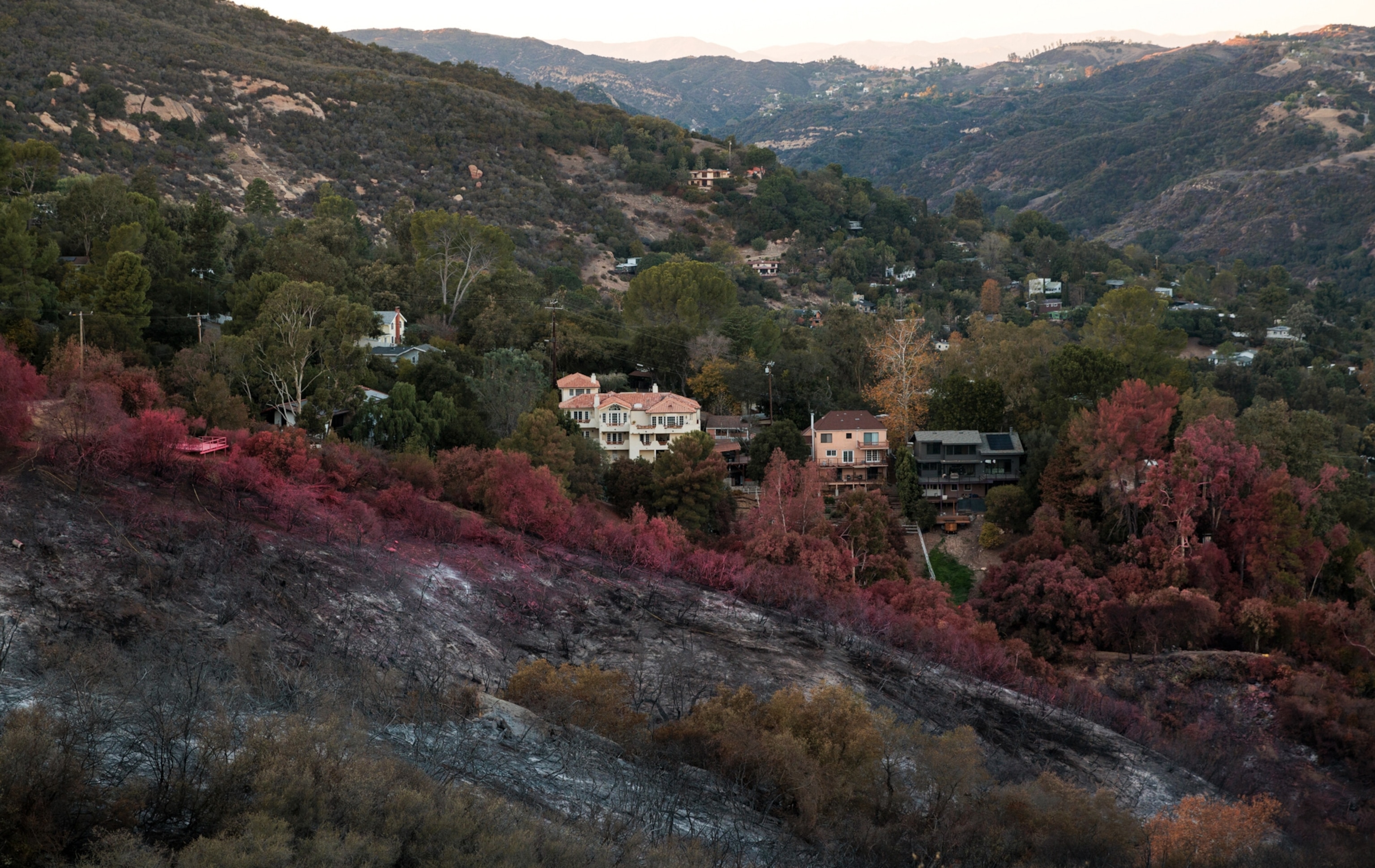
Investigating the wreckage
“What people do, because it’s easy, is connect the dots to make up a story,” Alexander Maranghides, a fire protection engineer at National Institute of Standards and Technology, said of the “miracle house” narrative.
Maranghides speaks from experience, having come across many such “miracles” in his research in post-wildfire environments. It’s a term he not only disagrees with but finds dangerous, as he said it can lead to false assumptions that fail to consider factors such as wind direction and the defensive actions of first responders. None of that is clear from the snapshots we see after a fire, he explained, but it can all play a major role in addition to a structure’s design and environment.
He offered one example from his team’s research on the 2012 Waldo Canyon Fire in Colorado Springs, Colorado.
Out of a dense cluster of more than 100 homes, only four were still standing. To understand why, they began conducting interviews with first responders, homeowners, and pretty much anyone else they could find who might be able to help them recreate the scene. Over the course of 150 conversations, they received no clues to how these homes made it through the fires. But during interview number 151 with two firefighters, they learned their engine had been parked in front of those four homes for the entire fire, defending them from catching flame.
“If we have stopped at [interview] 150, those would still be miracle homes,” Maranghides said, adding that they went on to conduct more than 200 interviews in total in the area over the course of six months.
Lessons learned from affected neighborhoods can help influence future building codes and design recommendations, and Maranghides said his team ignores the homes still standing in favor of looking at those that were damaged.
From these buildings, they try to identify vulnerabilities, such as the deck catching and spreading fire to the home or embers caught in the eaves. Then, they’ll test those features back in their lab.
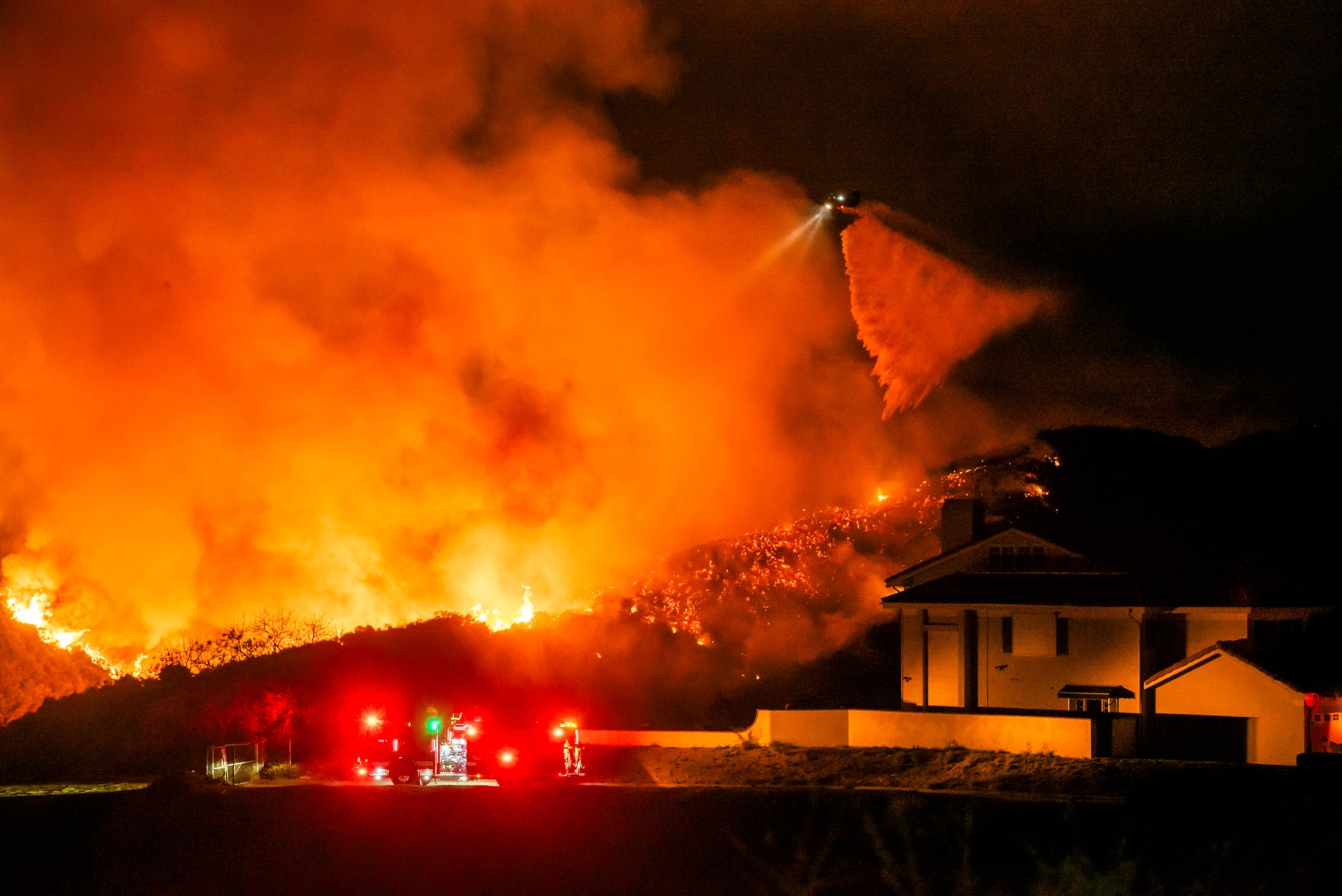
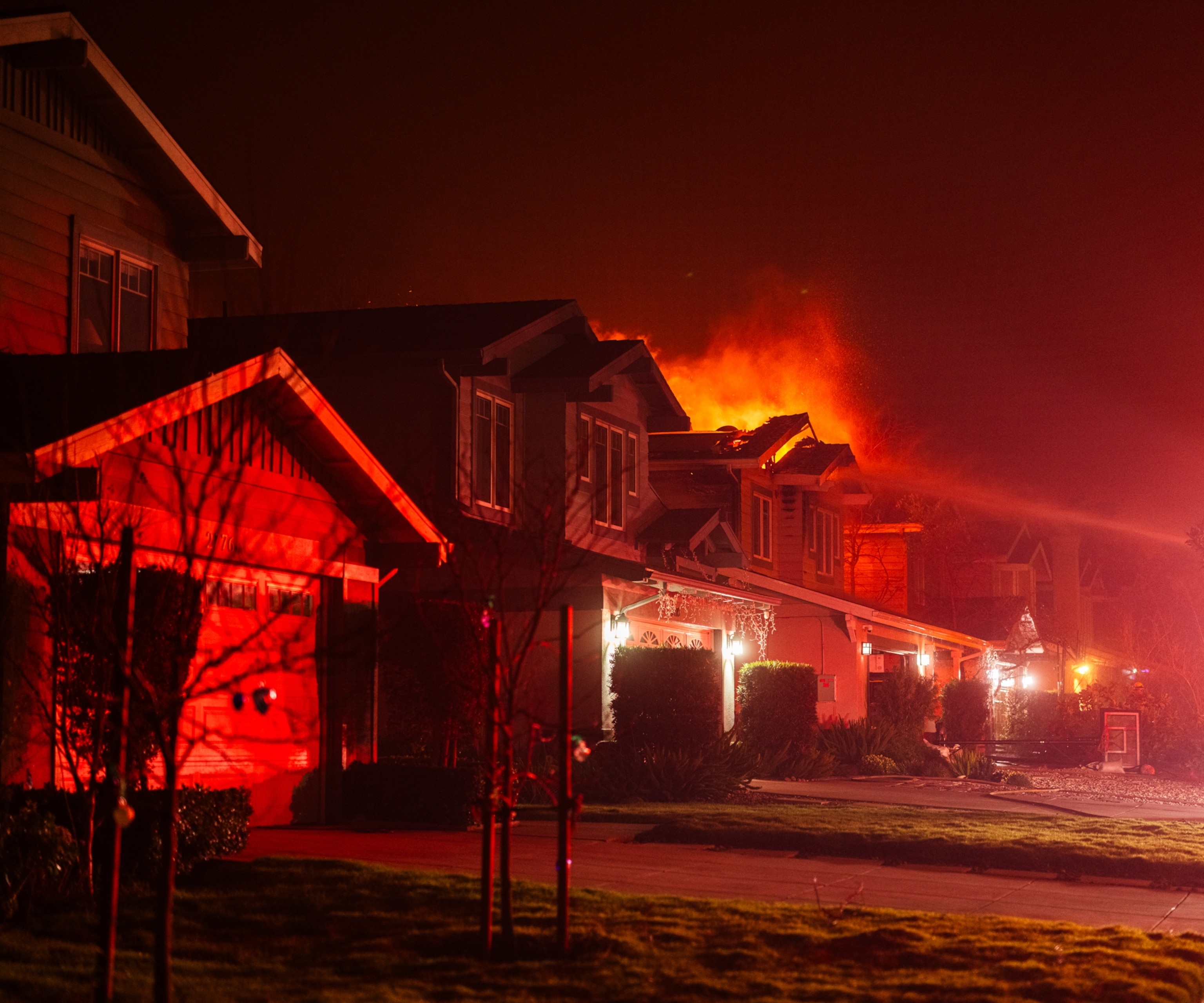
Shifting perspectives
As firefighters continue to extinguish and contain the Eaton and Palisades fires, officials in L.A. have started shifting their focus toward recovery.
This next phase comes with questions about how to avoid such devastation in the future.
Wildfires can leave odd patchworks on the landscapes they cross, skipping some trees or buildings in a pattern that might seem completely random. It makes for the sort of scenes that produce miracle homes and inspire conspiracies, but this haphazard footprint is just a sign of the multiple ways researchers have found fires spread through communities.
Kimiko Barrett, senior wildfire research and policy analyst at the research institute Headwaters Economics, said there are three ways homes ignite during a wildfire: direct flame contact from the fire front, radiant heat from nearby items catching fire, or ember exposure.

It’s the last factor that researchers have found to be responsible for the majority of buildings burning in wildfires, with some studies chalking up to 90 percent of structure loss to embers.
“Embers can fly anywhere from one to four miles ahead of a wildfire front, and if one of those tiny little balls of flame—and there's billions of them—land on a flammable surface area, then they can grow in size and intensity, becoming a spot fire,” Barrett said.
California’s 2008 building code already considers these factors, according to Barrett. In high wildfire-risk areas, the code calls for roofs to be made of fire-resistant material, coverings on vents to reduce openings for embers, and heat-resistant windows, among other requirements designed to mitigate these sources of spread.Many buildings in California are not compliant with these codes, though, as structures built before 2008 have not been required to undergo retrofits.
But experts, including Barrett and Maranghides, believe the L.A. fires are also the latest sign that researchers, policymakers, and the public need to look beyond modifying individual buildings to address the crisis of urban fires.
Maranghides offered a hypothetical example, describing how a homeowner might be careful to build with a metal roof and keep vegetation five feet from their building’s perimeter, only to have a neighbor’s parked car a couple feet from their front door. Or you might build a shed a safe distance from your house, only to have it be at the edge of another neighbor’s property. Situations like this are the reality in many dense urban areas like L.A., he explained, and they demonstrate the need to think about hardening not house-by-house but across entire neighborhoods, recognizing that fire risk carries across property lines.
“It doesn't matter who owns what, it matters what is where, because that’s how fire sees it,” Maranghides said. “You have to look at it in that light, and that's a major paradigm shift.”

